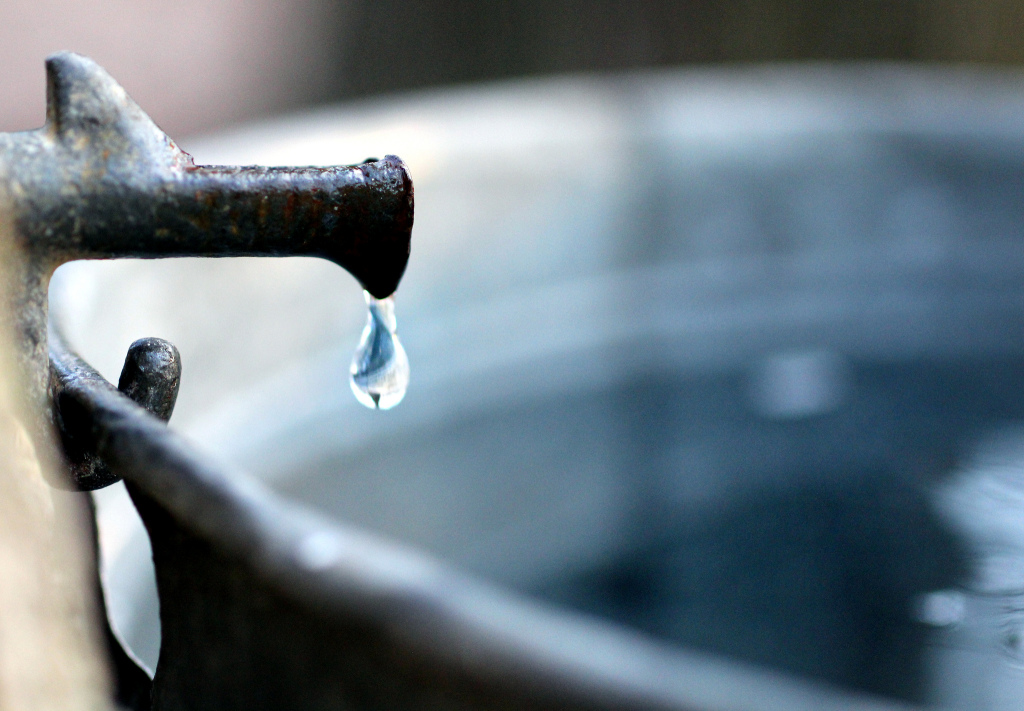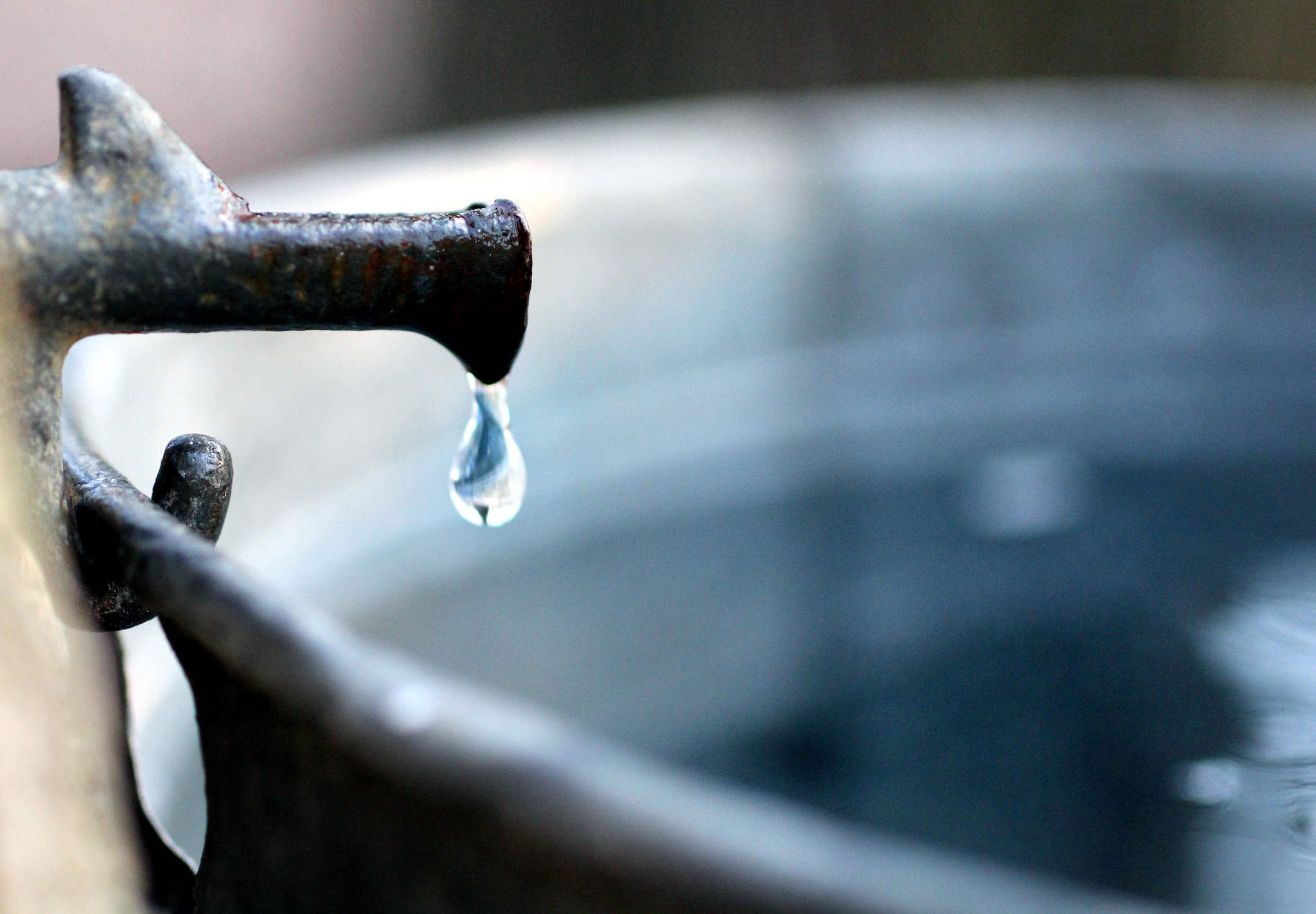
For decades, maple syrup producers have looked to the weather to gauge sap yields. But new research reveals a more valuable prediction tool: the number of seed helicopters that rained down from sugar maple trees in the fall.
While weather does affect the amount of sap released from sugar maples, the sugar content of their sap is impacted by seed productivity. During mast years, when trees make a lot of seeds, they are left with fewer carbohydrates for producing sugar.
This is a big deal for syrup producers, as sweeter sap is more profitable. Sugar maple sap is comprised of 2 to 3 percent sugar, while the rest is water that gets boiled off. So a 3 percent sugar content means a third less sap is needed to produce a gallon of syrup.
In sugar maples, mast seeding events (when the trees produce their fruit) occur every 2 to 5 years. By studying data on 17 years of syrup production at 28 sites in Vermont, researchers from Tufts University found that syrup production declined following every mast seed year.
Of course, weather is not irrelevant. The best syrup harvest predictions take into account seed production as well as temperatures in March and April. Because seeds develop six months before syrup harvest, researchers hope their findings can help syrup producers plan ahead.
Looking to the 2015 maple syrup season, the research team predicts that it will be a good harvest. Seed production was low at their Harvard Forest study site, and likely throughout the Northeast.
**********
.
Web Links
STUDY: MAPLE SYRUP PRODUCTION DECLINES AFTER BIG SEED YEAR
Press Resources for Sugar Maple Masting Story 11/3
Photo, posted March 7, 2012, courtesy of Lady Dragonfly CC via Flickr.
.
Earth Wise is a production of WAMC Northeast Public Radio, with script contribution from the Cary Institute of Ecosystem Studies.

[…] where I discussed the study. Northeast Public Radio also aired a story on the research on their Earth Wise program. Lynda Mapes, science writer at the Seattle Times and Harvard Bullard Fellow wrote a blog […]